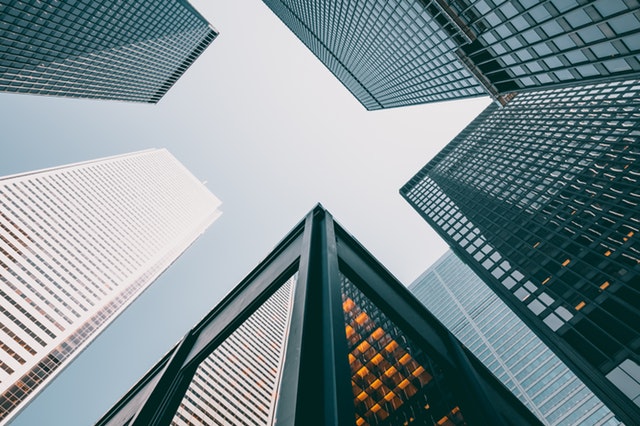Capital allowances updates January 2019
The Chancellor announced a temporary increase in the Annual Investment Allowance (AIA) for expenditure on plant and machinery to £1 million from 1 January 2019. However transitional rules mean that the full amount will not necessarily apply to your business straight away.
For example, if your business year end is 30 June 2019 the maximum AIA would be £600,000 being 6/12 x the old £200,000 limit plus 6/12 x the new £1 million limit. The following year to 30 June 2020 would be entitled to the full £1 million.
NEW CAPITAL ALLOWANCE FOR COMMERCIAL BUILDINGS
The Autumn 2018 Budget announced a new 2% straight line tax deduction for the cost of construction or renovation of commercial buildings and structures. HMRC have now issued a technical note setting out the details for the operation of the new relief.
Unlike the old Industrial Buildings Allowance the new relief is available for the construction of shops and offices as well as factories and warehouses.
The new tax break is available where the contract is entered into and construction costs are incurred on or after 29 October 2019. The allowance is available to commercial property landlords as well as trading businesses. There are special rules for leasehold buildings which determine whether the landlord or tenant is entitled to the allowance.
Note that there are more generous plant and machinery allowances available for fixtures and fittings within the building and we can work with you to help you maximise tax relief. The AIA referred above would mean that there may be 100% capital allowances for equipment such as central heating and air conditioning.
CAPITAL ALLOWANCE ON HIGH CO2 CARS AND ASSETS IN SPECIAL RATE POOL REDUCES TO 6%
One of the other capital allowance changes announced in the Autumn Budget was the reduction of the writing down allowance on assets in the special rate pool from 8% to just 6% per annum reducing balance from April 2019.
The assets included in this pool include long life assets, such as aircraft, integral features within buildings and cars emitting more than 110g CO2 per kilometre.
A claim for the 100% AIA referred to above can be made for expenditure on these assets, (with the exception of motor cars) and this will result in faster tax relief.
This means that where a company buys a motor car that emits more than 110g CO2 per km it will take many years to get relief for the expenditure as even when the car is sold the proceeds are deducted from the special rate pool and continue to be written down at 6% reducing balance.
For example Global Ltd which makes up accounts to 31 March each year buys a new Mercedes E220d AMG line for the managing director Mr Global for £40,000. As the CO2 emissions are 127g per km the WDA would be 8% for year ended 31 March 2019 = £3,200 leaving a tax written down value of £36,800. The 6% WDA would then apply for year ended 31 March 2020 = £2,208 leaving £34,592.
If the car was sold for £25,000 in the following year then the remaining balance of £9,592 would continue to be written down at 6% per annum, hence a very long write off period.
It may be more tax efficient to lease such a vehicle as, although 15% of the lease rentals are disallowed for tax purposes for such high CO2 vehicles, this may nevertheless be more beneficial.
Note that the above rules operate differently where the motor car is acquired by a sole trader or a partner for his business as the car is not included in the pool and a balancing adjustment occurs when the car is sold.

